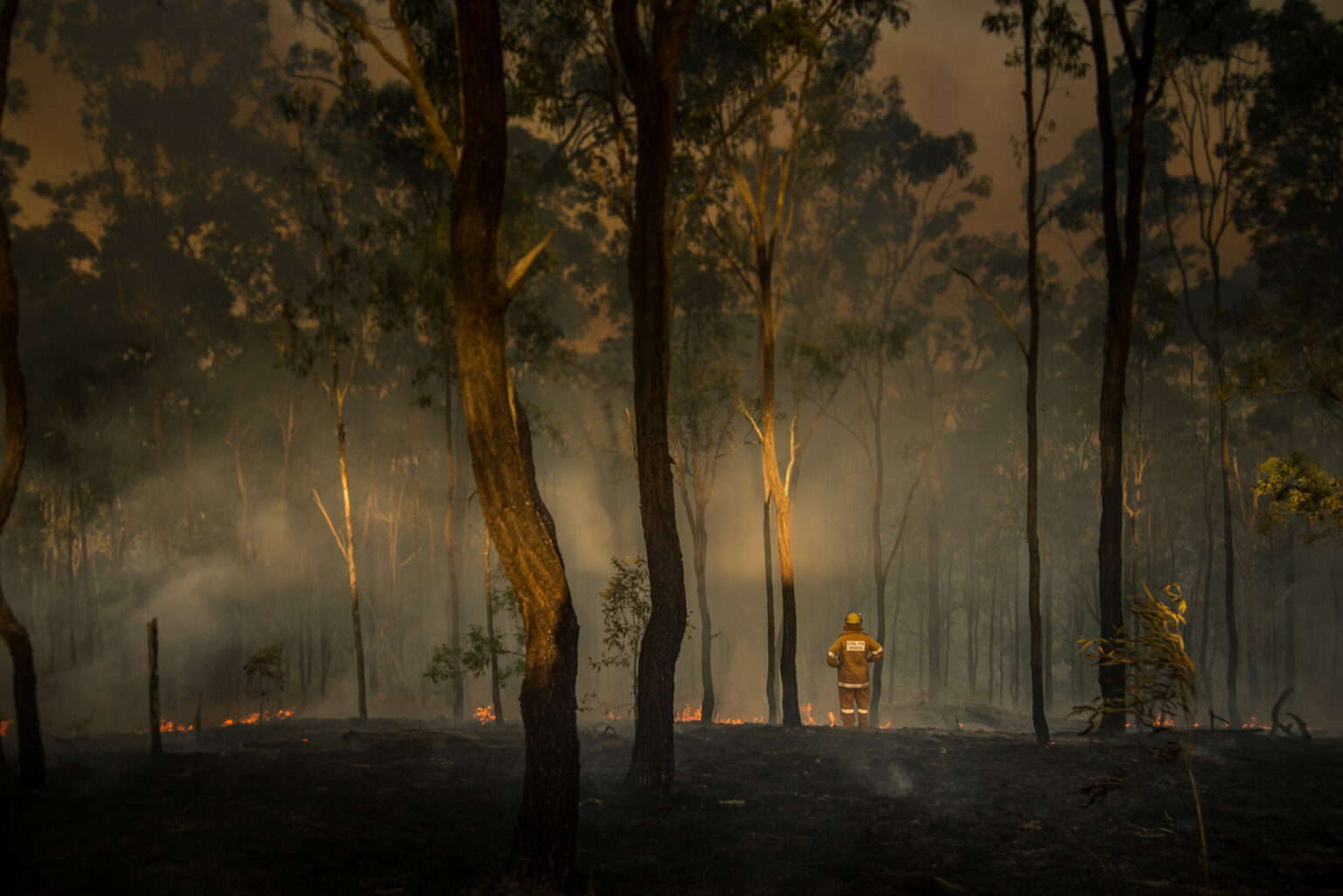South Australia’s record aerial fleet prepared for bushfire season
- December 12, 2023
- 9:33 am


Iain Hoey
Share this content
South Australia has geared up for the anticipated hot and dry bushfire season by deploying its largest ever aerial firefighting fleet.
With a significant $26.7 million investment from the State Government, this extensive preparation brings 31 aircraft to the forefront of bushfire defense, marking an increase of five aircraft from the previous year.
Enhanced aerial capabilities for bushfire season
The new additions to the fleet include two Blackhawk helicopters with a substantial 4,500-litre capacity for water and foam, two Single Engine Air Tankers (SEATs) capable of holding 3,000 litres of water, foam, water enhancer, or fire retardant, and one Multi-Mission Machine (Eurocopter B3 Squirrel) designed for air surveillance, strategic bucketing work, aerial incendiary ignition, and firefighting crew transportation.
These helicopters were recently unveiled at Claremont Airbase, symbolizing a significant boost in South Australia’s aerial firefighting capabilities.
Strategic deployment for maximum efficiency
The expanded fleet not only enhances the firefighting capacity but also improves strategic decision-making through live stream aerial intelligence.
This technology provides real-time observations of the fire ground, aiding in the creation of warnings, fire predictions, and strategic decision-making.
Additionally, the fleet’s expansion has facilitated the recruitment of two more Aviation Operations Officers, further strengthening the crucial resources of the Country Fire Service (CFS).
Key regional areas, including the Eyre Peninsula, Mid-North, and Lower South-East regions, will be particularly focused on, to protect the state’s vital forest industry and support communities like Port Lincoln, which faced a bushfire earlier in the year.
Recent demonstrations of fleet efficiency
The fleet has already demonstrated its effectiveness, with nine of the 31 aircraft responding swiftly to a bushfire in Mount Pleasant that burnt 430 hectares.
This rapid response, alongside CFS ground crews and appliances, underscored the fleet’s increased capacity to manage bushfire emergencies.
IFSJ Comment
The introduction of South Australia’s largest aerial firefighting fleet marks a significant milestone in bushfire management and public safety.
This strategic investment by the state government reflects a proactive approach to addressing the challenges posed by increasingly severe bushfire seasons, influenced by climate change and other environmental factors.
The enhanced aerial capabilities, including advanced surveillance and rapid response mechanisms, represent a shift towards more sophisticated and efficient firefighting strategies.
By integrating ground and air resources, South Australia sets a precedent in bushfire preparedness and resilience, offering a model for other regions to emulate.
This development not only enhances immediate firefighting efforts but also contributes to long-term community safety and environmental protection, pivotal in the broader context of disaster management and climate adaptation strategies.

